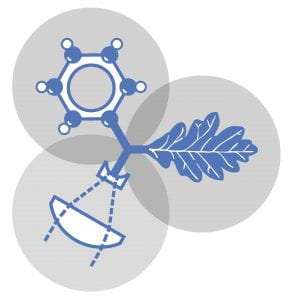
Muscle is a spectacularly efficient and powerful motor that drives behaviors that impress biologists and engineers alike. How do muscle properties influence the structure-function relationship of vertebrate limbs? How do these relationships depend on locomotor terrain (ground, water, air)?
At the Rowland, the Richards Lab sought to understand the physiological basis for how limbs move to power locomotion. Specifically, they focused on three fundamental limb properties: 1. muscle function (intrinsic speed and strength), 2. skeletal structure and 3. external limb morphology. Although traditional approaches address these properties in isolation of one another, they are all interdependent. For example over the course of evolution, if an animal transitions from water to land, we expected that the muscle properties must also change in concert with morphological shifts. Furthermore, we expected that the internal skeletal structure (e.g. the length of bones or bony processes) would also adapt. Hence, the Richards Lab attempted to understand how muscle properties, limb internal anatomy and external anatomy are ‘tuned’ to one another to confer effective locomotion. They addressed our questions using frogs as model systems.